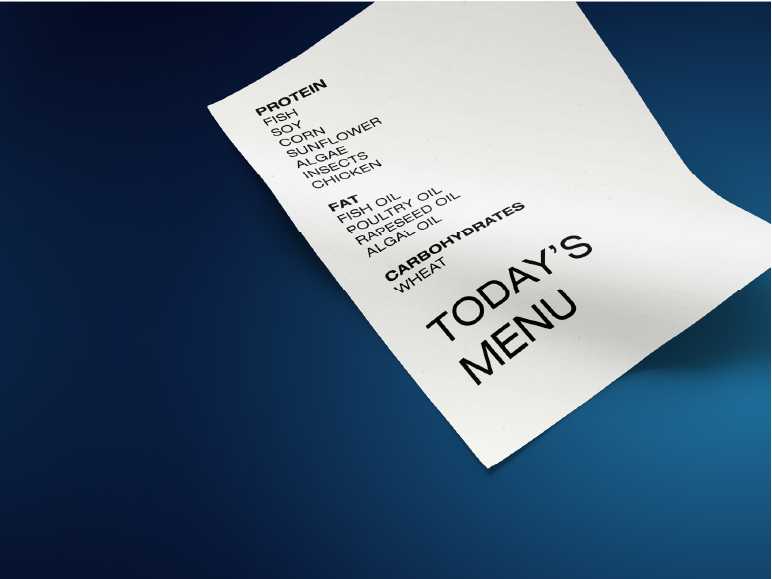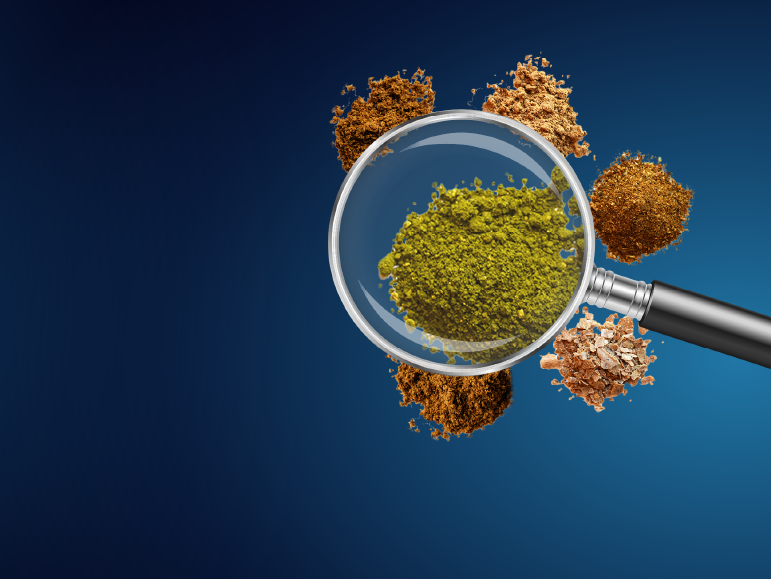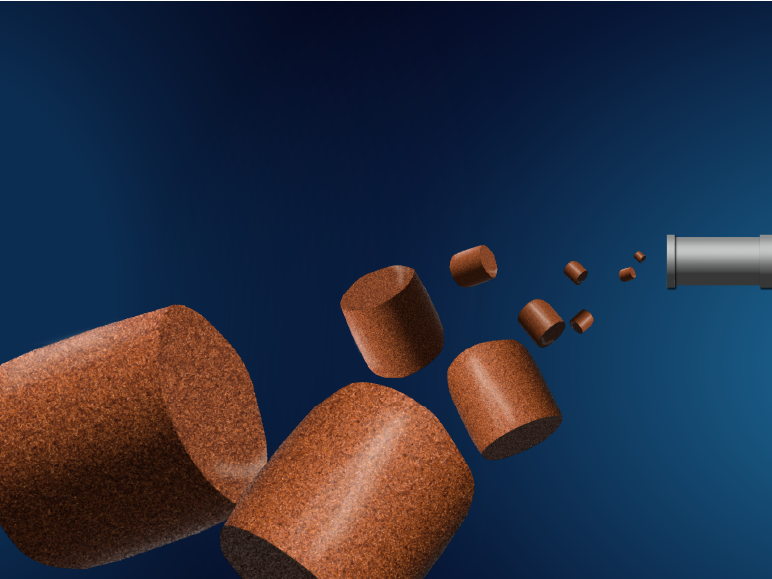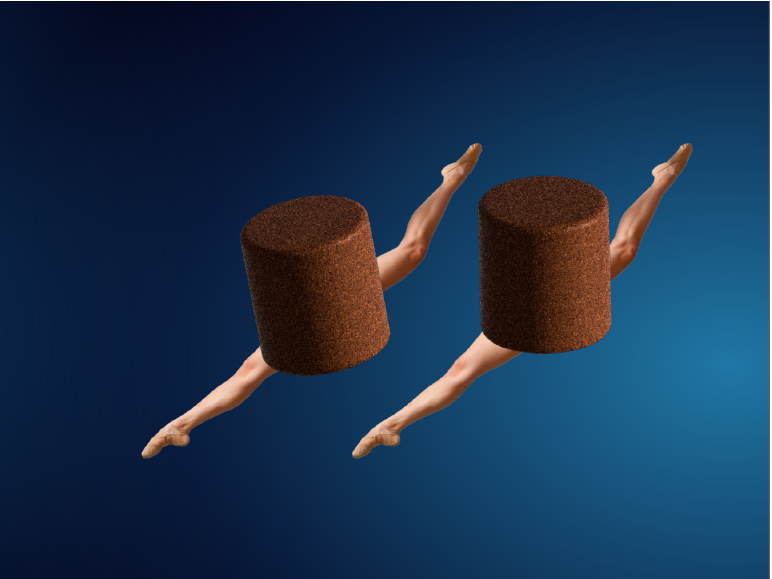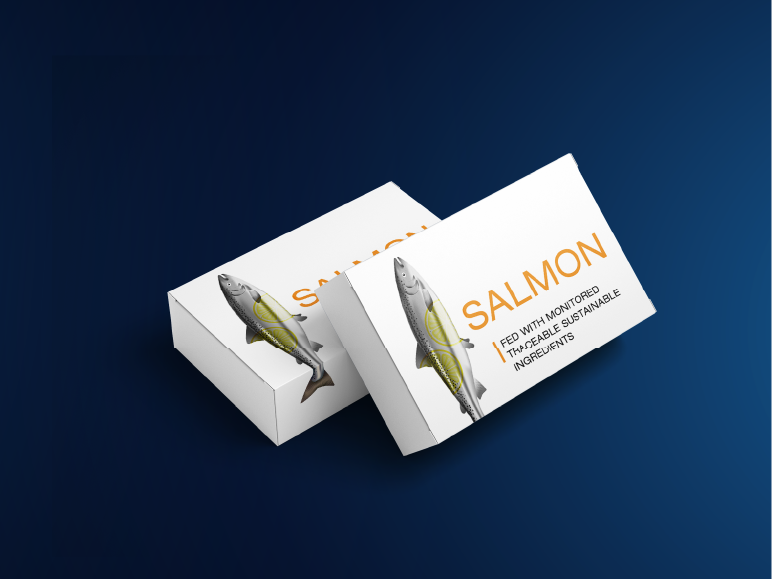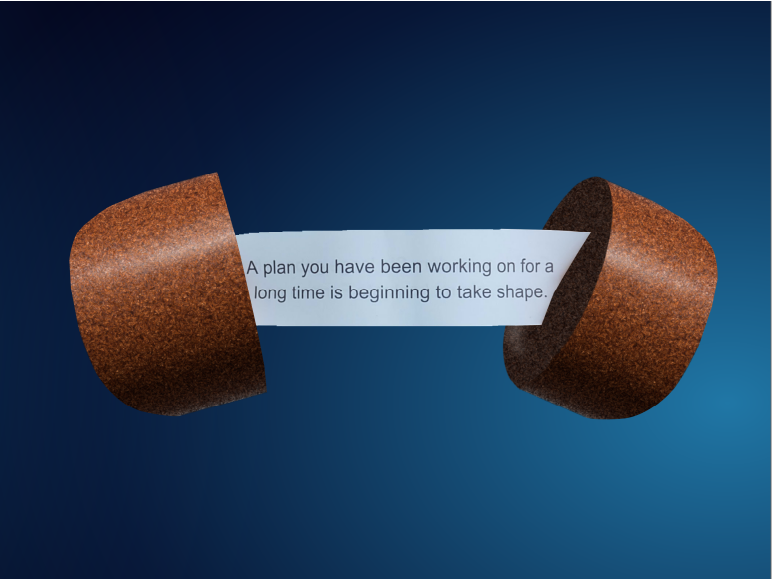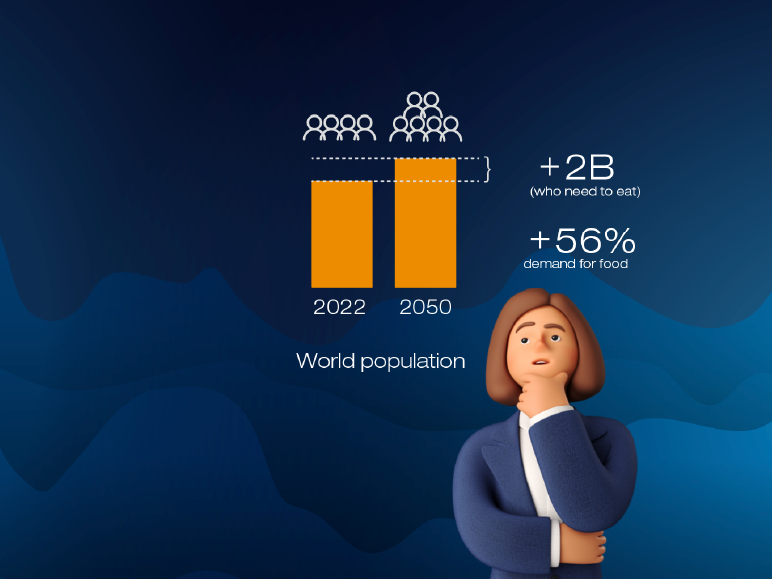
What ingredients are in the recipe of our feeds?
Due to specific nutritional needs, aquaculture feeds can contain many different ingredients of vegetable, marine and land animal origin. Some of the better-known inclusions can be fish meal and fish oil, wheat, soy, rapeseed meal, sunflower meal and faba beans. Something you might not know is that thanks to decades of R&D, Skretting can make feed for salmon without any fish ingredients at all. That’s due to the nutritional knowledge and expertise of our teams. Another surprising fact is that a single feed can contain up to 50 ingredients, all of which serve an essential purpose.
The ingredients that we use contribute essential nutrients like protein, energy, carbohydrates, fatty acids, vitamins and minerals to the finished feed, ensuring that the fish and shrimp receive a complete nutritional package.
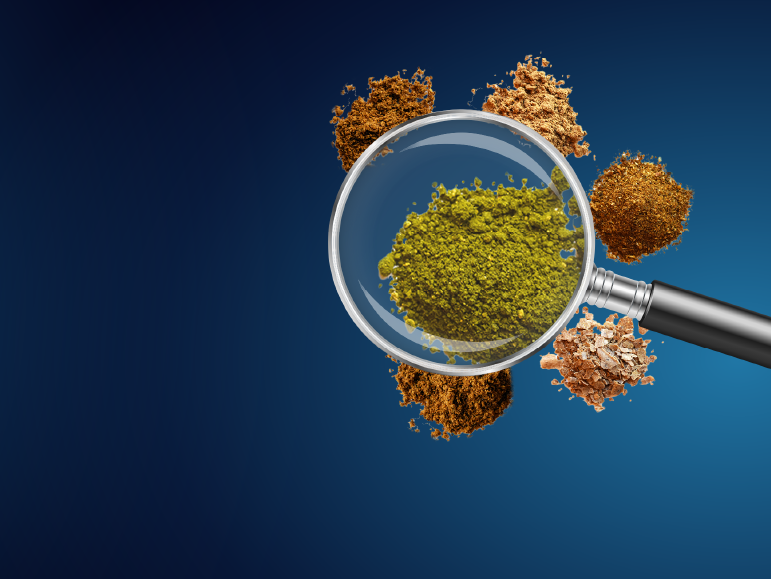
We are also conscious that what goes in must come out! This is particularly important when considering the nutrient profile of the feed, and to ensure that no excess nutrients are included (that would actually just be a waste). When it comes to closed aquaculture systems, where water is sometimes filtered and recirculated, this is even more critical.
To reduce the reliance on specific raw materials, we are constantly increasing our ingredient knowledge, and searching for new alternatives. Insects, algae and proteins produced by yeast and bacteria are some of the newest kids on the block.
We’re able to be fully flexible with our feed formulations thanks to significant R&D over the decades. This expanded ingredient base in turn creates less volatility and risk for our customers.
Check out our sustainability report for the latest information on feed ingredients, and read our series on ingredients here.
A common misconception in salmon feeds is that they are high in marine ingredients from wild fisheries. In fact, Skretting can produce feeds for salmon that are free from any fish-based ingredients at all!
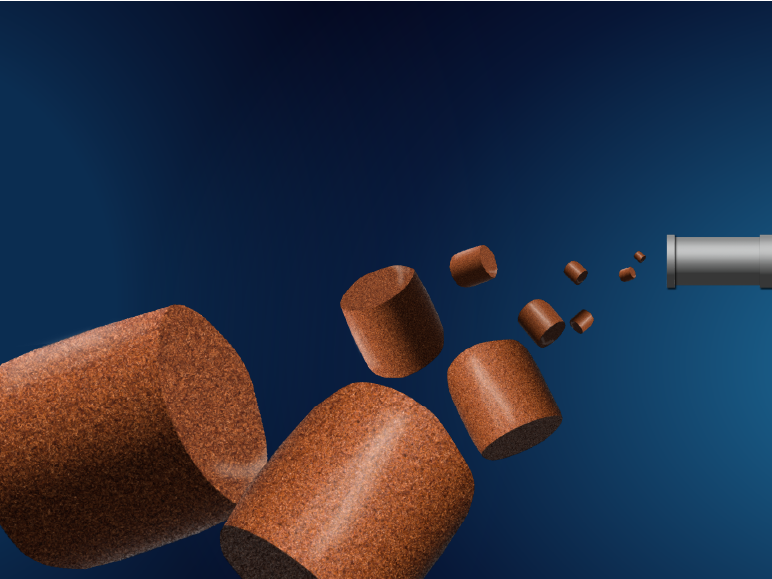
Next: Let's get cooking!
Well balanced, nutritious, healthy: the food requirements of fish and shrimp are the same as they are for people. In fact, we use a lot of the same equipment to make our aquaculture feeds as are used to make human feed food. The biggest difference? Our feed has the added complexity of being submerged in water, meaning it must be robust enough to handle feeding systems, while remaining palatable so the fish and shrimp want to eat it! A difficult balance, but one we have mastered.


